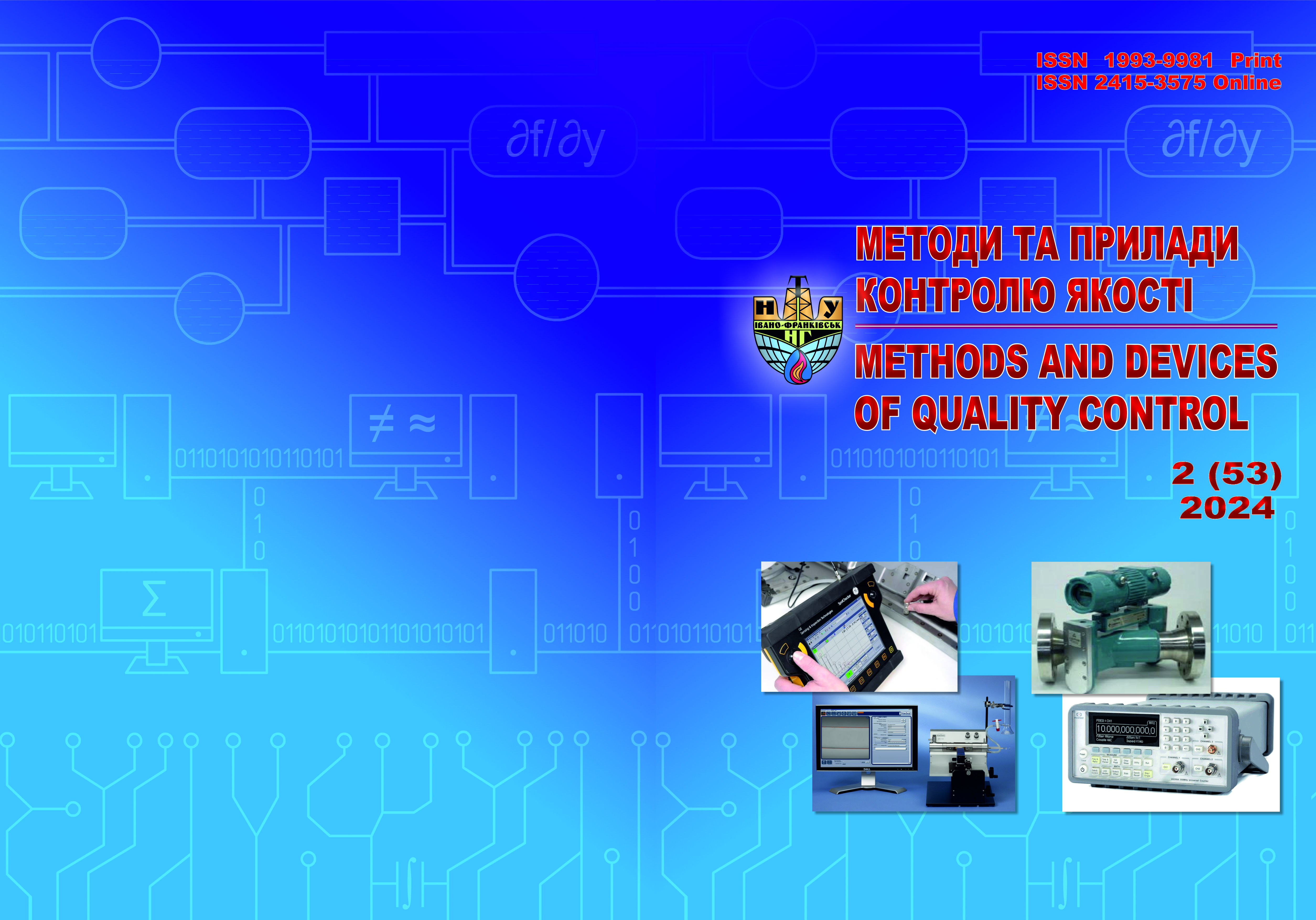СИСТЕМА ДАЛЬНЬОГО РАДІОЗВ'ЯЗКУ ДЛЯ КОНТРОЛЮ ДАТЧИКІВ НА ОСНОВІ ОДНОПЛАТНИХ МІКРОКОМП'ЮТЕРІВ З LоRa
DOI:
https://doi.org/10.31471/1993-9981-2024-2(53)-121-129Ключові слова:
LoRa, LPWAN, бездротовий зв’язок, комп’ютерна мережа, Інтернет речей (IoT), одноплатний мікрокомп’ютер, дальній радіозв’язок, маршрутизація, енергоефективністьАнотація
Стаття присвячена обґрунтування можливості використання системи дальнього радіозв’язку, заснованої на технології LoRa та одноплатних мікрокомп’ютерах, для моніторингу та контролю датчиків. У роботі розглянуто архітектуру мереж LoRaWAN, їх переваги, зокрема енергоефективність, великий радіус дії та високу надійність передачі даних. Проаналізовано особливості бездротового зв’язку за технологією LoRa, включаючи роботу в неліцензованих ISM-діапазонах та використання методів модуляції, таких як CSS (Chirp Spread Spectrum), що забезпечує стабільний зв’язок на великих відстанях із низьким енергоспоживанням. У межах дослідження проведено серію експериментів з метою оцінки працездатності системи в реальних умовах, зокрема у важкодоступних місцях та на великих відстанях. Результати тестування показали ефективність системи на відстанях до 7 км із мінімальними втратами даних, однак при збільшенні відстані до 14 км спостерігалися затримки та втрати пакетів. Запропоновано вдосконалення методу передачі даних для покращення продуктивності на великих відстанях при підвищеній потужності передавача та використанні ємніших акумуляторів. Також розглянуто варіанти підвищення продуктивності системи, зокрема збільшення потужності передавачів, використання антен із кращими характеристиками та впровадження енергоефективних технологій. Результати дослідження демонструють придатність системи для використання в реальних умовах з дальністю бездротового сигналу 3–14 км із можливістю оптимізації розроблюваного апаратно-програмного рішення для великих відстаней без втрати якості сигналу. Розроблена система придатна для застосування в галузях, що потребують віддаленого моніторингу, таких як сільське господарство, промислові об’єкти та інтелектуальні міські системи.
Завантаження
Посилання
Montagny S. LoRa – LoRaWAN and IoT. Savoie Mont Blanc University, 2022. 131 p.
Technology LoRaWAN. URL: https://deps.ua/ua/knowegable-base/reference-information/66634.html (дата звернення: 15.12.2024).
Yadav Dh., Varkey T., Aadil M. Open Lora Design and Implementation for IoT. Internat. Conf. on Power Energy, Environment & Intell. Control (PEEIC). Greater Noida, India, 2023. P. 822–826. DOI:10.1109/PEEIC59336.2023.10451093
Babayiğit B., Doğan F. Y. Longest Distance Detection for Data Transmission with LoRa in Urban and Extra-Urban Area. 2023 8th Internat. Conf. on Computer Sci. and Engin. (UBMK), Burdur, Turkiye, 2023. P. 336–340. DOI: 10.1109/UBMK59864.2023.10286581
Shpatar P., Nichiy B., Nichiy S. Study on the Energy Efficiency of LoRa Technologies in Wireless Monitoring Networks. Measuring and computing devices in technological processes. 2024. Vol. 3. Р. 166–174. DOI: 10.31891/2219-9365-2024-79-21 [in Ukrainian].
Kumar R., Sarvagya Mr., Prasad S. N., Kavya B. S. Design and Implementation of Collaborative Energy Efficient IoT- based LoRa WAN. Power System Technology, 2024. Vol. 48. No. 2. P. 1398–1411. DOI: 10.52783/pst.637
Kufakunesu R., Hancke G., Abu-Mahfouz A. Survey on Adaptive Data Rate Optimization in LoRaWAN: Recent Solutions and Major Challenges. Sensors (Basel, Switzerland). 2020. Vol. 20. No. 18. DOI: 10.3390/s20185044
Maleki A., Nguyen H. H., Bedeer E., Barton R. A Tutorial on Chirp Spread Spectrum Modulation for LoRaWAN: Basics and Key Advances. IEEE Open Jrnl of the Communic. Society. 2024. Vol. 5. P. 4578–4612. DOI: 10.1109/OJCOMS.2024.3433502


.png)




